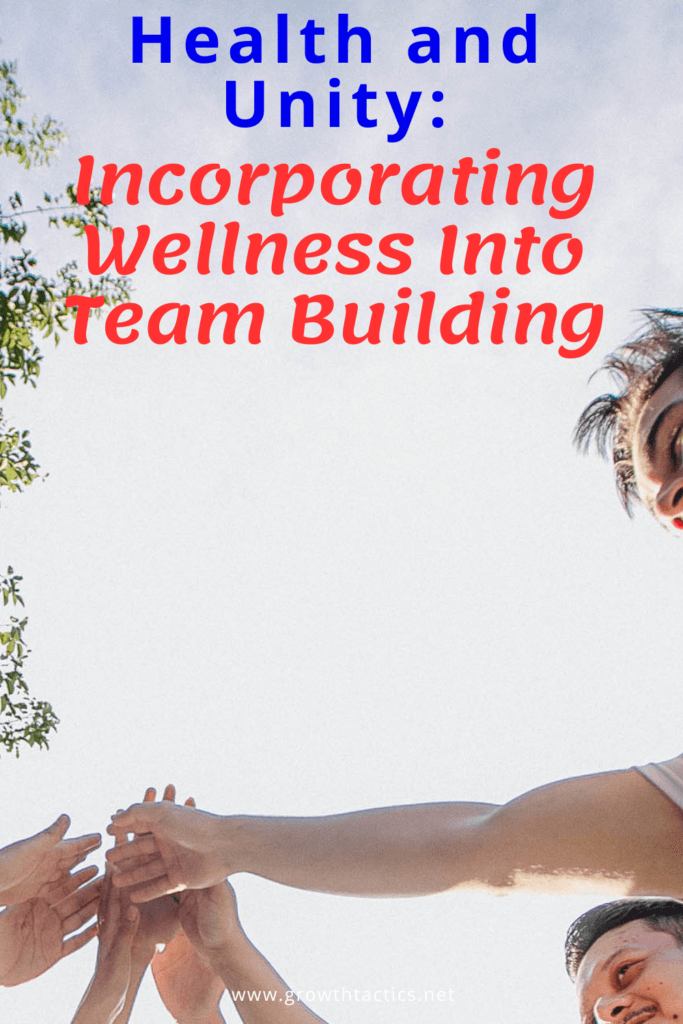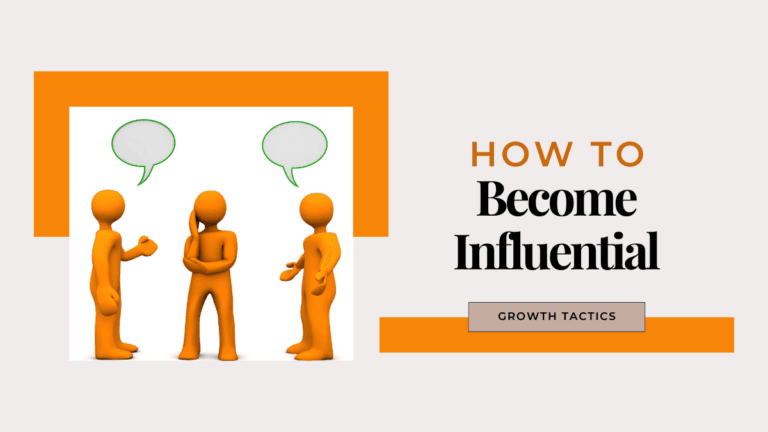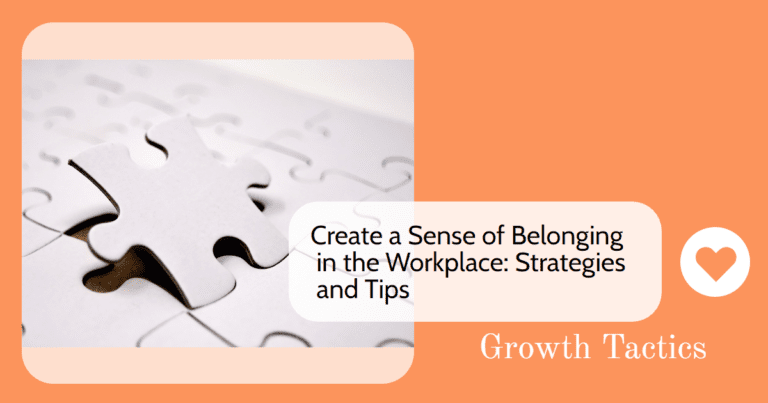In today’s fast-paced work environment, companies are continually looking for innovative ways to enhance employee well-being and strengthen team cohesion. One powerful strategy that is gaining popularity is integrating wellness into team-building activities.
By doing so, businesses can foster a healthier, more productive, and collaborative workforce. This article explores the importance of wellness in the workplace and offers a variety of ideas for wellness-focused team-building activities.
Jump To Section
The Importance of Wellness in the Workplace
Employee wellness is no longer a luxury, it’s a necessity. With increasing work pressures and sedentary lifestyles, employees often face health challenges that affect their productivity and well-being.
Impact on Productivity and Morale
Healthy employees are more productive, energetic, and less likely to take sick days. Wellness programs can significantly reduce absenteeism and improve employee engagement.
According to a study by the American Psychological Association, workplaces that prioritize wellness have employees who are more motivated and less stressed.
Business Success
Companies that invest in employee wellness often see a return on investment through improved performance and lower healthcare costs.
A Gallup study found that companies with engaged employees outperform those with low engagement.
Benefits of Combining Wellness and Team Building
Improved Physical Health
- Encourages Active Lifestyles
- Incorporating activities like group fitness classes or sports tournaments encourages employees to stay active.
- Reduces the risk of chronic diseases such as heart disease, diabetes, and obesity.
- Promotes overall physical well-being and increases energy levels, which can lead to higher productivity and fewer sick days.
Enhanced Mental Well-Being
- Stress Reduction
- Activities such as meditation sessions or stress management workshops help employees manage stress more effectively.
- Mindfulness and relaxation techniques can lower anxiety and depression levels.
- Improved mental health can result in better focus, creativity, and decision-making skills, particularly important in high-pressure environments.
Increased Team Cohesion and Collaboration
- Fostering Better Communication
- Wellness activities can bring team members closer, creating opportunities for better communication.
- Team-building exercises such as team hikes, group challenges, or collaborative health goals encourage team members to interact in a relaxed setting.
- These interactions can break down barriers, promote trust, and lead to more effective collaboration on work projects.
Boosted Morale and Motivation
- Employee Recognition
- Employees who feel cared for by their employers are more likely to be motivated and committed to their work.
- Wellness initiatives show employees that their well-being is valued, which can lead to higher morale and job satisfaction.
- A positive work environment can reduce turnover rates and foster long-term loyalty, saving the company recruitment and training costs.
Combining wellness and team building can create a healthier, more engaged, and productive workforce. Introducing varied activities that cater to both physical and mental well-being encourages employees to take care of themselves and each other, leading to a more harmonious and efficient workplace.
Ideas for Wellness-Focused Team Building Activities
Physical Activities
- Group Fitness Classes (Yoga, Pilates, or Zumba)
- Organizing Tips: Schedule regular classes and promote participation among team members by aligning times that suit everyone.
- Benefits: Improves physical health, flexibility, strength, and serves as a stress-relief measure while providing a fun bonding experience.
- Outdoor Activities (Hiking, Biking, or Walking Meetings)
- Organizing Tips: Plan these activities during good weather and choose locations that are easily accessible to everyone.
- Benefits: Promotes physical well-being and mental rejuvenation; encourages employees to explore nature and strengthen team bonds.
- Sports Tournaments (Volleyball, Soccer, or Basketball)
- Organizing Tips: Create mixed-ability teams, ensure clear communication of rules, and have necessary equipment and first-aid kits ready.
- Benefits: Enhances physical fitness, fosters teamwork and healthy competition, and develops skills such as strategy, coordination, and communication.
Mindfulness and Mental Wellness
- Meditation Sessions (Guided Meditation)
- Organizing Tips: Hire a certified instructor or use online resources; select a quiet, comfortable space.
- Benefits: Helps employees relax, improves focus and mental clarity, and reduces anxiety over the long term.
- Stress Management Workshops (Effective Techniques)
- Organizing Tips: Partner with mental health professionals to guide the workshops and provide actionable takeaways.
- Benefits: Teaches practical tools such as deep breathing exercises, time management skills, and cognitive-behavioral strategies to manage stress.
- Group Mindfulness Exercises (Simple Exercises in Team Meetings)
- Organizing Tips: Start meetings with a quick mindfulness exercise like a body scan or gratitude practice.
- Benefits: Reduces stress, improves focus, and enhances collaboration among team members.
Healthy Eating and Nutrition
- Cooking Classes or Healthy Potlucks (Healthy Meal Preparation)
- Organizing Tips: Collaborate with a professional chef or nutritionist to lead the sessions; encourage sharing recipes.
- Benefits: Promotes healthy eating habits, encourages team interaction, and enhances knowledge on nutritious meals.
- Nutritional Workshops (Dietary Advice)
- Organizing Tips: Invite registered dieticians or nutritionists to provide personalized dietary assessments and meal planning tips.
- Benefits: Offers practical advice for maintaining a balanced diet and encourages healthy eating habits.
- Wellness Challenges (Healthy Eating Focused)
- Organizing Tips: Create challenges like “Meatless Mondays” or weekly smoothie contests, track progress, and offer incentives.
- Benefits: Encourages healthier eating habits and friendly competition among employees.
Community and Social Responsibility
- Volunteering as a Team (Community Service)
- Organizing Tips: Partner with local charities to plan community clean-ups, mentoring programs, or other service activities.
- Benefits: Fosters a sense of purpose and unity among team members while contributing positively to the community.
- Charity Runs or Walks (Physical Activity and Philanthropy)
- Organizing Tips: Register for local events or organize your own, promote team participation, and set fundraising goals.
- Benefits: Combines physical exercise with the rewarding experience of contributing to a good cause, enhancing team spirit and community engagement.
- Wellness-Focused Retreats (Holistic Health Focus)
- Organizing Tips: Plan retreats that include yoga, meditation, stress management workshops, and team-building activities in a relaxed setting.
- Benefits: Offers a comprehensive approach to team building focusing on physical, mental, and social wellness.
Implementing Wellness Team Building in the Workplace
Steps to Get Started
- Assess Employee Needs
- Conduct surveys or hold meetings to understand the wellness interests and needs of your employees.
- Gather data on current stress levels, physical health, and overall job satisfaction.
- Set Clear Goals
- Define what you aim to achieve with your wellness initiatives, such as reducing stress, improving physical health, or enhancing team cohesion.
- Establish specific, measurable, achievable, relevant, and time-bound (SMART) goals.
- Create a Plan
- Develop a detailed plan outlining the activities, schedule, and resources required.
- Include a mix of physical, mental, and social wellness activities to cater to different interests and needs.
Engaging Employees
- Encourage Participation
- Make the activities fun and inclusive to ensure wide participation.
- Communicate the benefits clearly, focusing on how the activities will improve their well-being.
- Offer incentives or rewards for participation, such as gift cards, additional time off, or public recognition.
Setting Goals and Tracking Progress
- Set Measurable Goals
- Define specific metrics to measure the success of your wellness initiatives, such as participation rates, improvement in employee health metrics, or feedback scores.
- Track Progress Regularly
- Use surveys, health assessments, and feedback forms to monitor and evaluate the effectiveness of the program.
- Regularly review the data to check if the set goals are being met and identify areas for improvement.
Sustaining Wellness Initiatives
- Commitment and Continuous Effort
- Sustaining wellness programs requires ongoing commitment from leadership and employees alike.
- Regularly introduce new activities to keep the program fresh and engaging.
- Consistent Communication and Involvement
- Keep the engagement high through consistent communication and involvement from all levels of the organization.
- Share success stories and testimonials from employees who have benefited from the wellness initiatives to motivate others.
Implementing wellness team building in the workplace not only fosters a healthier work environment but also enhances team cohesion and productivity. By assessing employee needs, setting clear goals, creating a detailed plan, and maintaining consistent engagement, organizations can build a robust wellness program that contributes to the overall well-being of their workforce.
Conclusion
Incorporating wellness into team-building activities offers tons of benefits, from improved physical and mental health to enhanced team cohesion and morale. By prioritizing the well-being of employees, companies can create a healthier, happier, and more productive workplace. Start planning your first wellness-focused team-building activity today and watch your team thrive!








